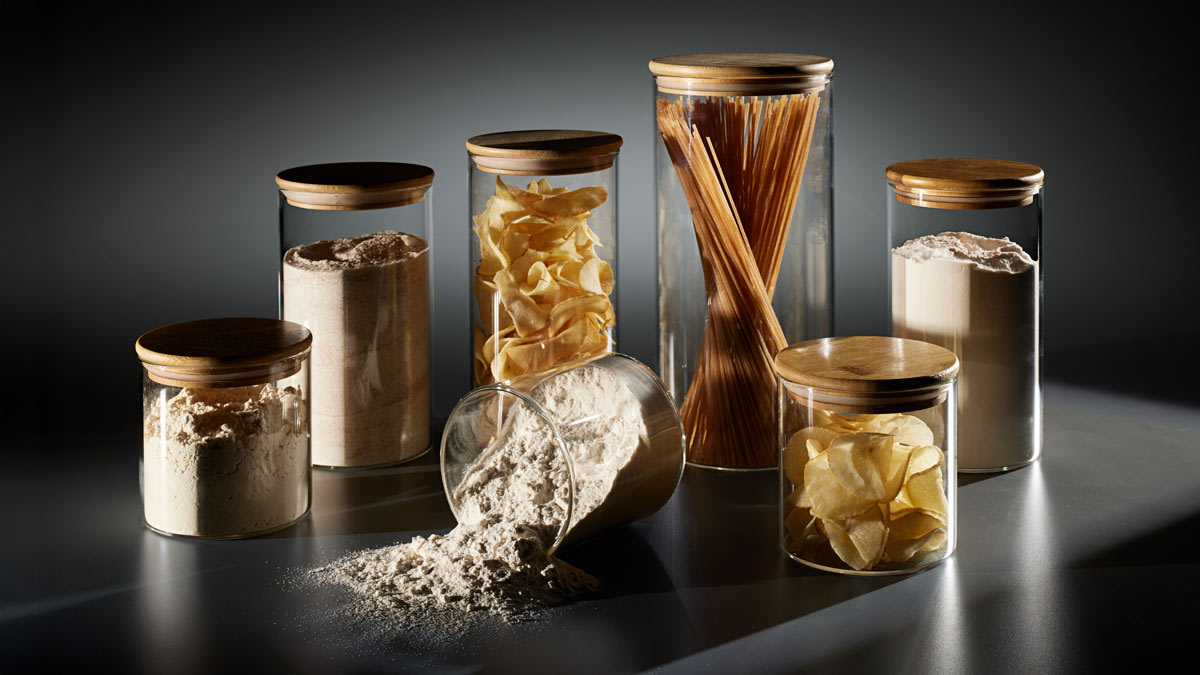Several studies have found that cassava can be a significant dietary source of lead exposure in people who eat it frequently. For example, in a 2015 study in the International Journal of Environmental Research and Public Health, researchers found that cassava grown in one region of Ghana was high enough in lead to raise the risk of health problems among people who ate it regularly.
“In Ghana [this contamination] tends to be a problem because we consume a lot of cassava. It’s our staple,” says Nesta Bortey-Sam, PhD, an assistant professor of chemical and environmental toxicology at the University of Pittsburgh School of Public Health, and an author of the study. But, he says, the levels in products that had the most lead in CR’s tests were comparable to the lead levels in the cassava in the study. (CR is exploring follow-up testing of cassava products used in African, Asian, and Caribbean communities in the U.S.)
In another study, published in the Journal of Toxicology and Environmental Health in 2013, researchers measured the amount of lead in manioc (cassava) flour used as a staple food in several remote communities in the Amazon. They found that the levels in the flour were far higher than those in the fresh root. Blood lead levels in these communities were, on average, nearly four times higher than the levels that raise red flags when detected by pediatricians in the U.S.
Rubin, the owner of Lead Safe Mama, says that her organization has found high lead levels in several cassava products in its testing. She also says cassava has emerged as a significant source of lead in some families that Lead Safe Mama has worked with.
“In working with families to identify sources of their child’s lead exposure, we first rule out the ‘usual suspects’ [lead-contaminated paint, soil, and water], before moving on to consider dietary sources,” Rubin says. “In nearly every case I have investigated in which we have narrowed the likely source of lead exposure down to dietary sources, cassava has played a significant role in that family’s diet.”
One such parent, Audrey Powell of Austin, Texas, says that back in 2022, her family had been trying to resolve some mysterious health issues their 4-year-old daughter was experiencing. A doctor recommended lead testing; the results showed slightly elevated levels.
As she tried to identify the source of the lead, Powell contacted Rubin, who made several recommendations for areas to check. “We tested our whole house, the paint, the soil in our yard, the water,” Powell says. “It was very frightening.” When those results didn’t provide conclusive answers, she ended up sending a variety of foods the family ate regularly to a private company for heavy metal testing. One of those foods was cassava flour, which Powell had switched to, believing it was a healthy choice. That flour came back with a result that’s nearly three times as high as any of the products in CR’s current tests.
Immediately, Powell stopped using the flour, and made several other changes Rubin advised, like replacing the toothpaste and some of the pans she used. The next time they tested her daughter’s lead level, it had dropped, Powell says. Since then, she has been growing well and is much healthier.
Source link
